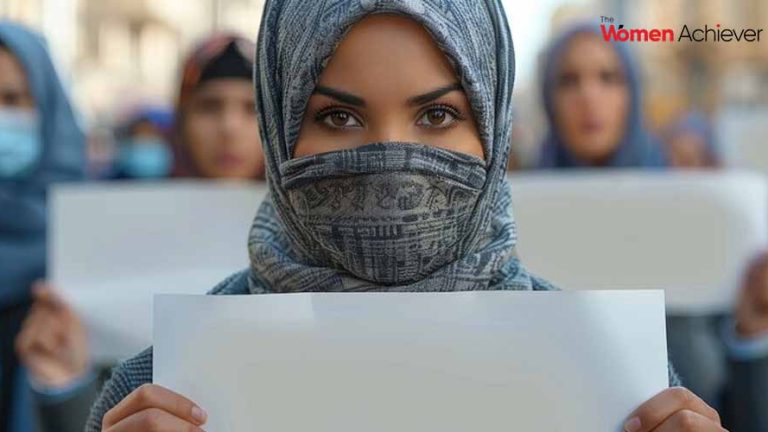Global Reactions to Hijab Protests: A Worldwide Call for Freedom and Choice
Many Muslim women wear the hijab, a traditional headscarf that has generated intense discussions and demonstrations around the globe. The hijab has become a symbol of both empowerment and conflict, igniting movements for women’s rights and personal independence from Iran to Europe and even North America. This article examines the various viewpoints, support, opposition, and social ramifications regarding hijab protests around the world.
Middle East and North Africa (MENA) Regional Reactions
Protests against the hijab have sparked strong and divisive reactions across the MENA area, especially in the wake of events in Iran and Afghanistan. A wave of support has surfaced among activists and younger generations who view these rallies as a struggle for gender equality and personal choice, even while some governments enforce hijab demands.
There is a disparity in regional policies as some nations, like Tunisia and Lebanon, provide women greater freedom of choice, while other nations, like Iran, have responded with harsh crackdowns.
Europe
Reactions to demonstrations against the hijab have been conflicting in Europe. Secular laws that prohibit religious symbols in public places are already in place in certain European countries, like France, which has stoked controversy and unity. The demonstrations are seen by many Europeans as a demand for women’s autonomy and universal rights.
Feminist organizations have been promoting women’s rights and the ability to wear or not wear the hijab at solidarity protests in nations like Germany and the UK.
North America
Protests against the hijab have garnered a lot of media attention and support in the US and Canada, especially from feminist groups and civil rights activists. The demonstrations represent a global fight for physical autonomy and freedom of choice for many North Americans.
Prominent activists and politicians have emphasized the need for international solidarity in their statements, with many seeing the protests as a component of a broader campaign for women’s rights and freedom from religious persecution.
The Pacific and Asia
Protests against the hijab are particularly relevant in nations like India and Pakistan because of the continuous discussions surrounding women’s rights and religious freedom. Similar discussions on religious insignia and school uniforms have occurred in Indian states, which makes the hijab protests in Iran and other nations more significant.
By drawing attention to the difficulties in multireligious societies, the protests have sparked public discussion and, in certain situations, legal action about individual rights and religious freedom.
Important Topics in Worldwide Reactions
Support for the Movements for Women’s Rights
Women’s rights activists from all across the world have supported the hijab demonstrations, seeing it as a larger protest against coerced cultural norms and gender discrimination. For many, this serves as a rallying cry for freedom of expression and bodily autonomy.
Religious and Cultural Sensitivities
For many women, the hijab continues to be a very cultural and personal symbol. Reactions from throughout the world emphasize the need to strike a balance between defending individual liberties and honouring religious identity. This nuanced viewpoint has spurred discussions on tolerance and the freedom to express one’s faith wherever one sees fit.
Governmental versus Community-Based Views
Global grassroots movements indicate a tendency of support for the protests, despite some governments denouncing them. These voices have been magnified by social media, which enables activists to connect and express solidarity across national boundaries, even in nations with media restrictions.
Global Solidarity and Social Media
Social media has been essential in spreading awareness of the hijab demonstrations by bringing together activists on the ground and audiences throughout the world. The movement has gained international attention thanks to the proliferation of hashtags like #MyHijabMyChoice, #WomenLifeFreedom, and #StandWithIran on social media sites like Instagram and Twitter. Rallies around the world have resulted from this internet activism, bringing attention to the hardships and victories faced by women who are defying limiting conventions.
Conclusion: The international reaction to demonstrations against the hijab reveals a changing conversation about women’s rights, religious liberty, and cultural self-determination. The protests have sparked a global conversation about freedom of choice and the right to self-expression, even though various geopolitical environments may cause different reactions in different places. The response from around the globe is evidence of the strength of unity and calls on societies to reconsider how individual liberties are upheld and safeguarded in various cultural situations.






Add comment